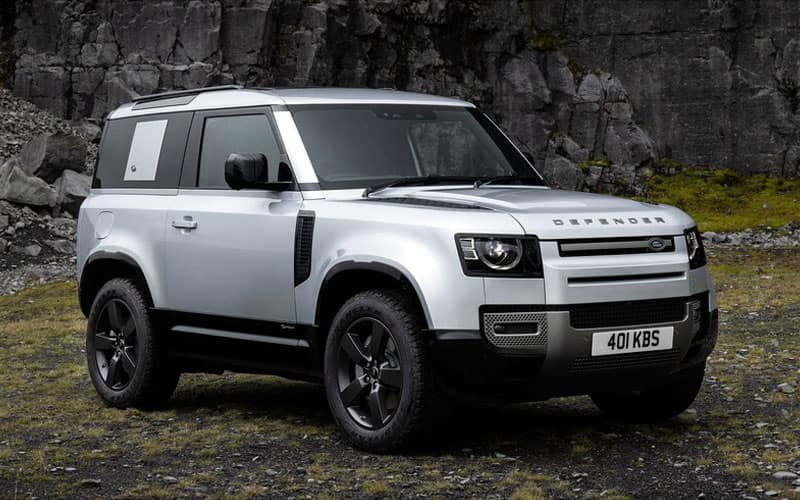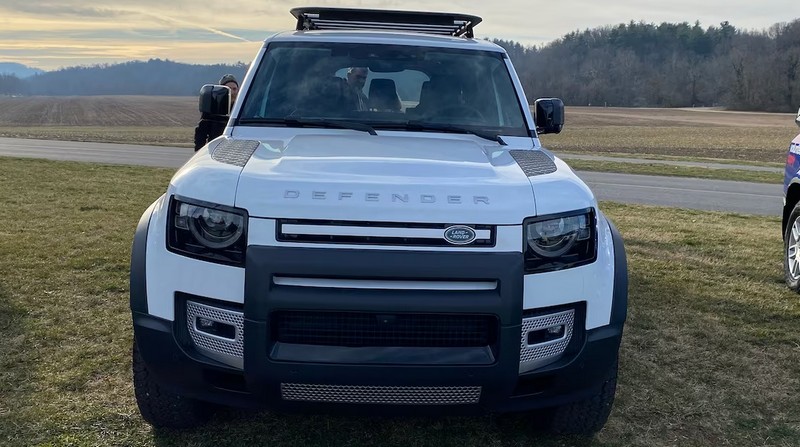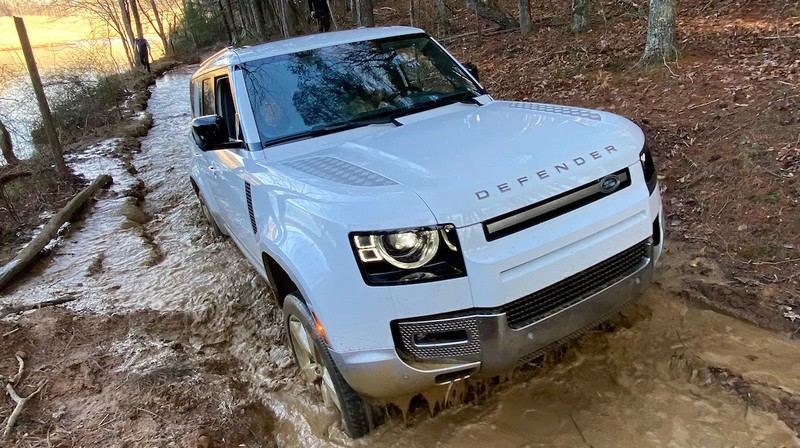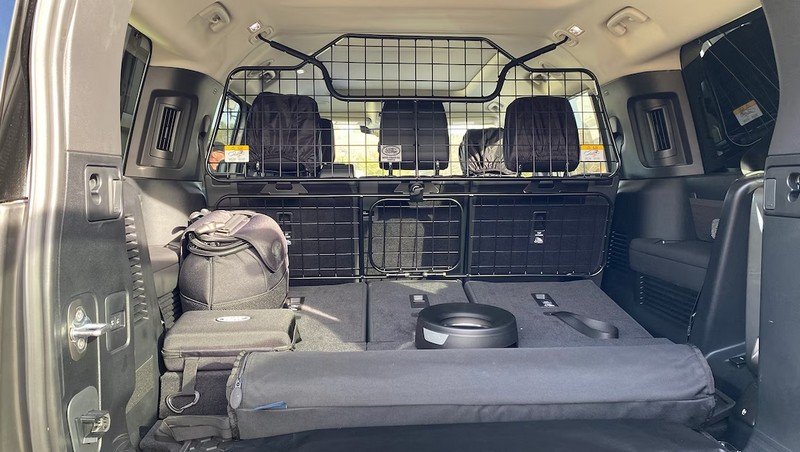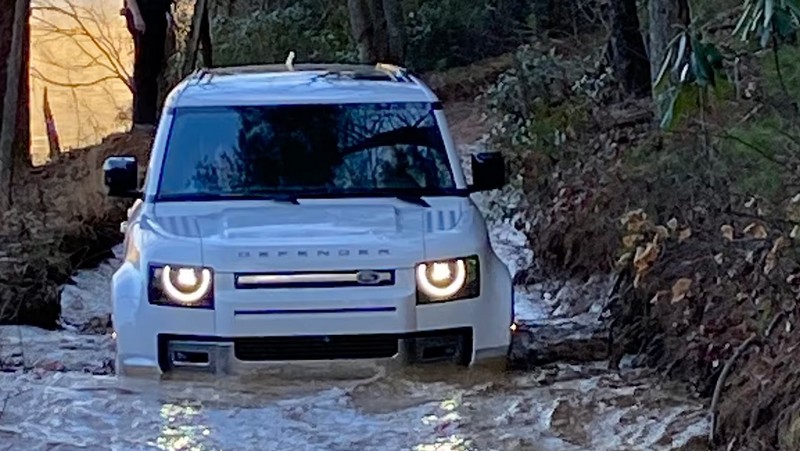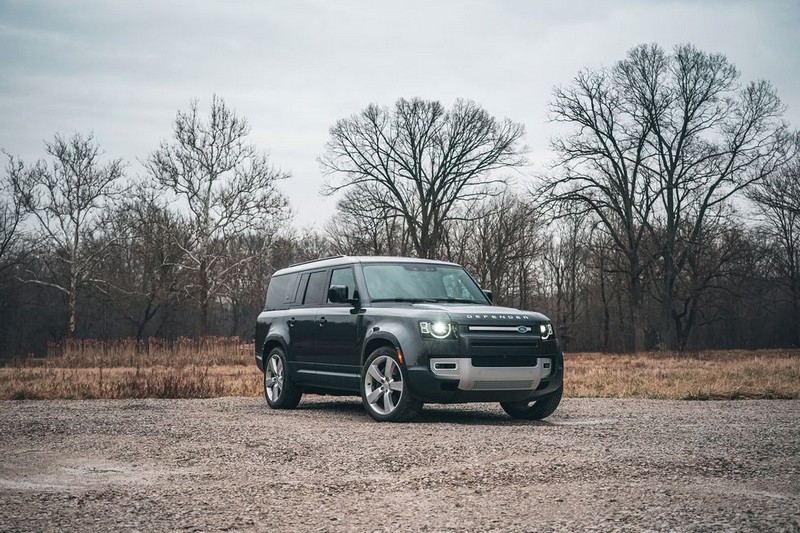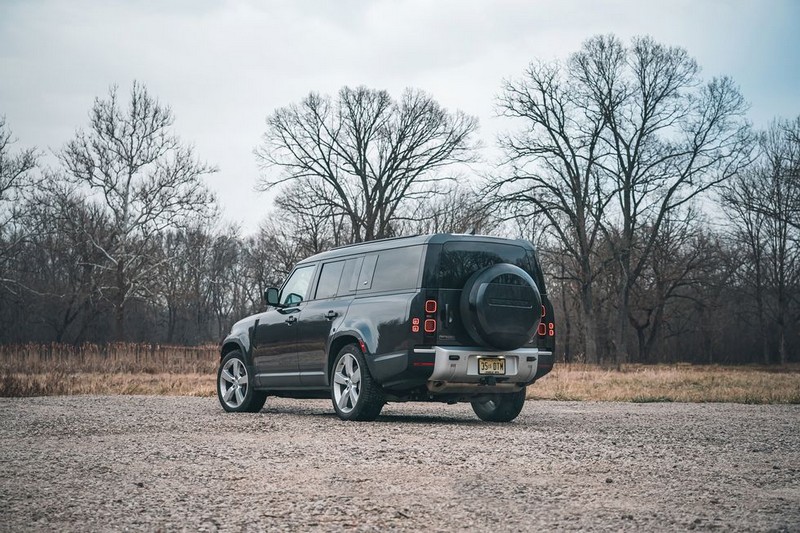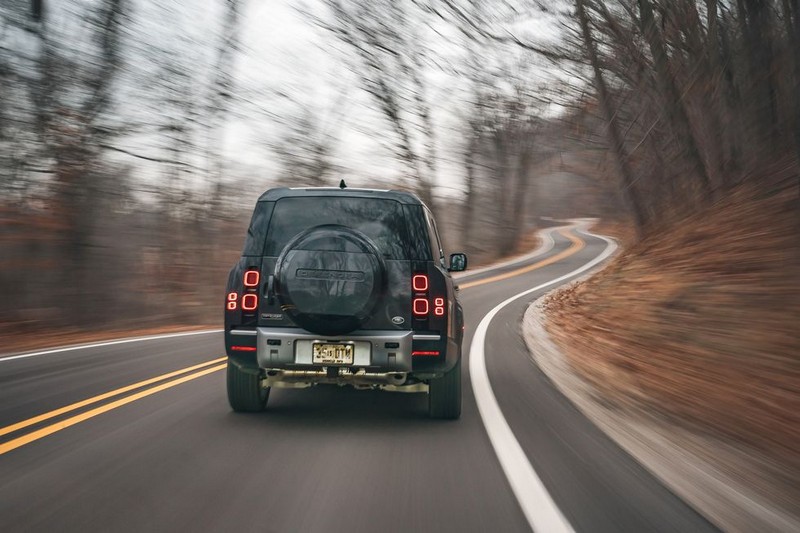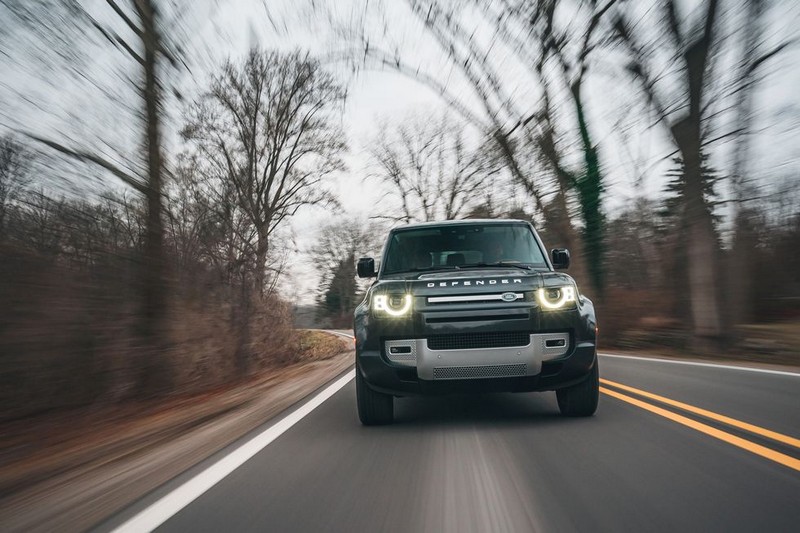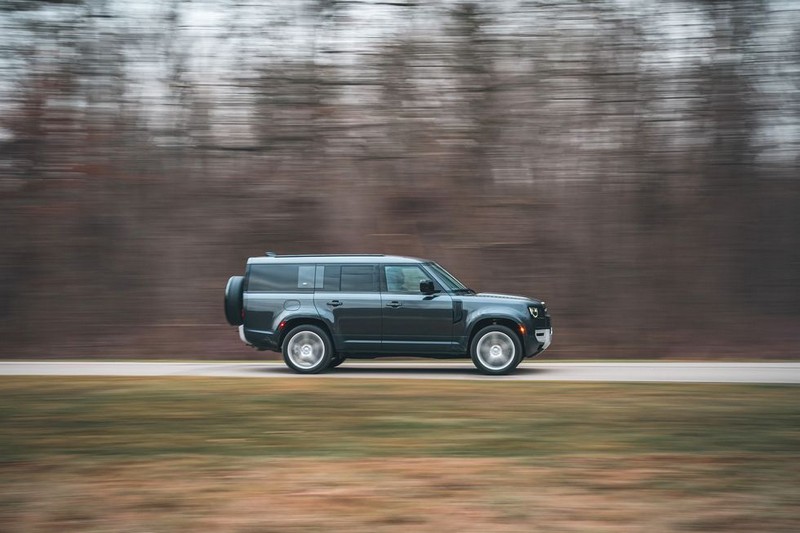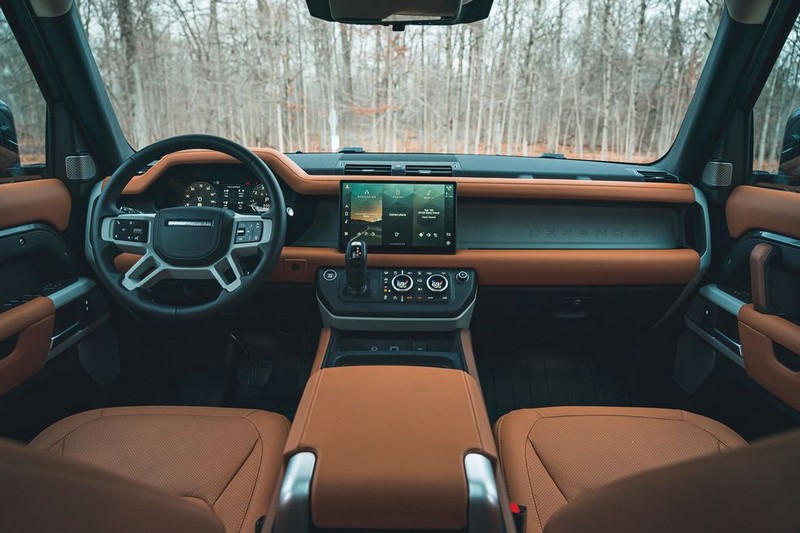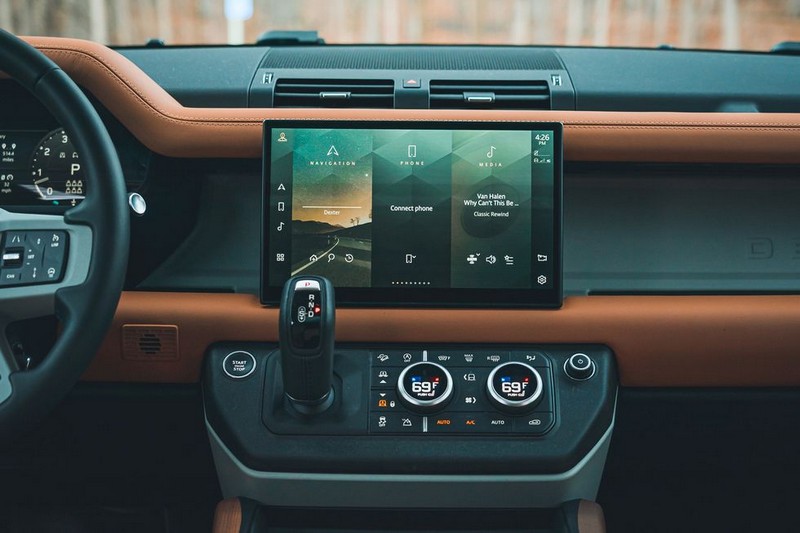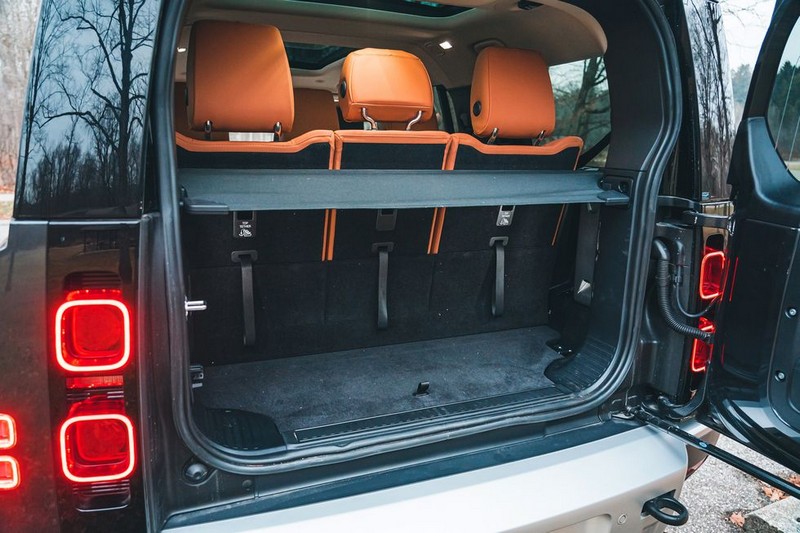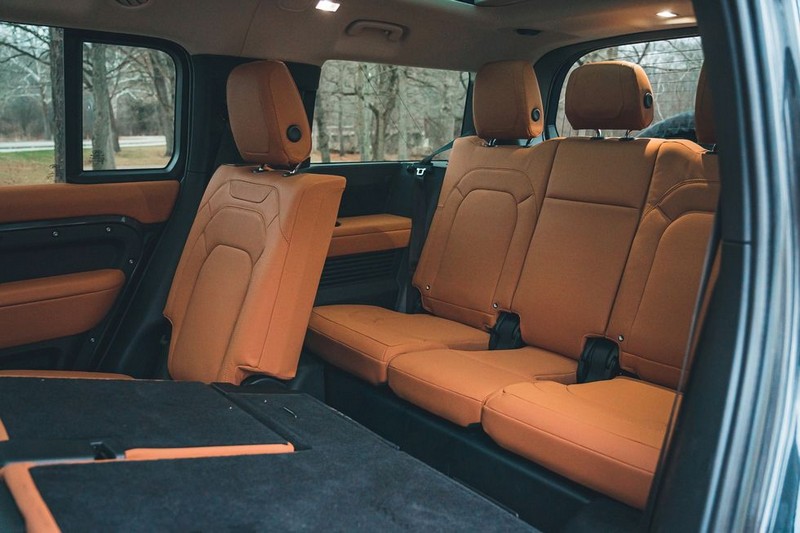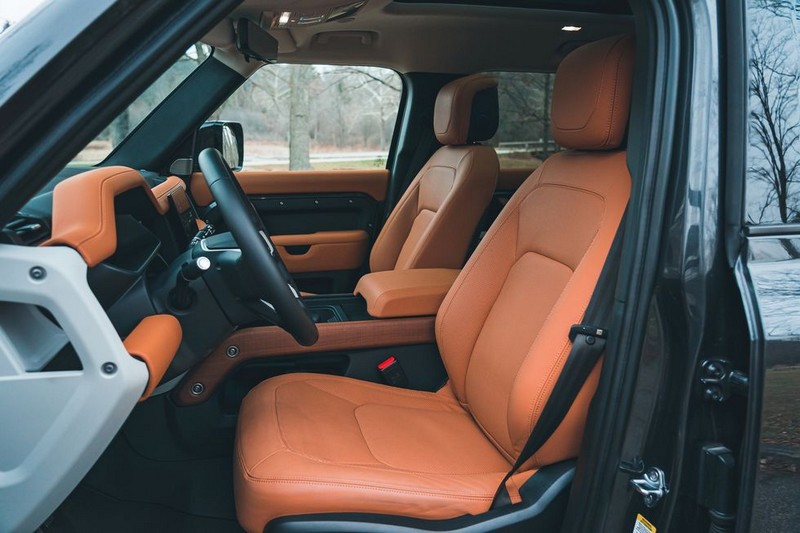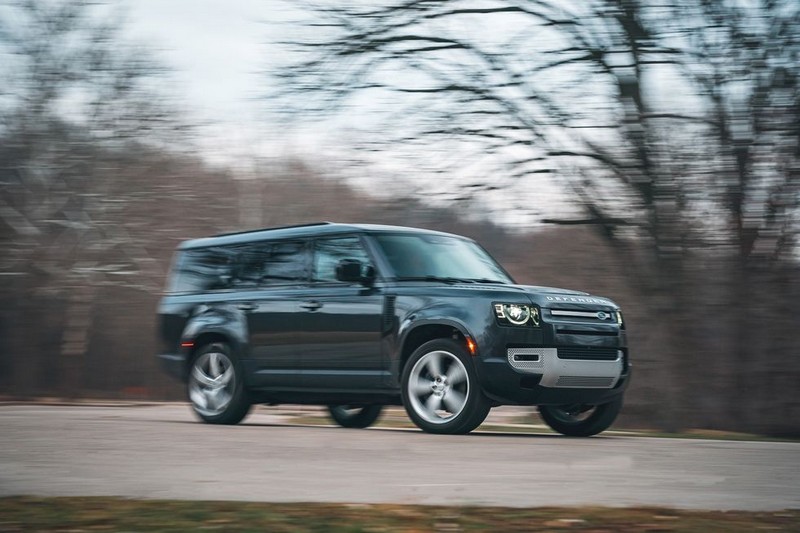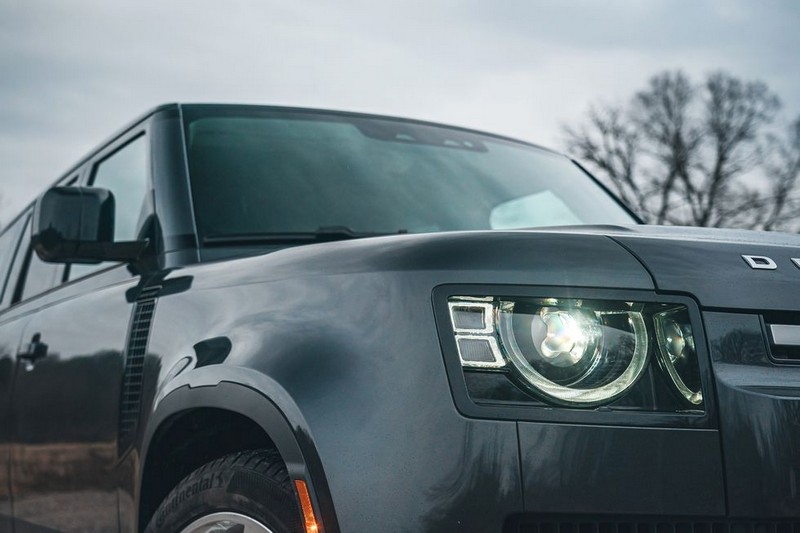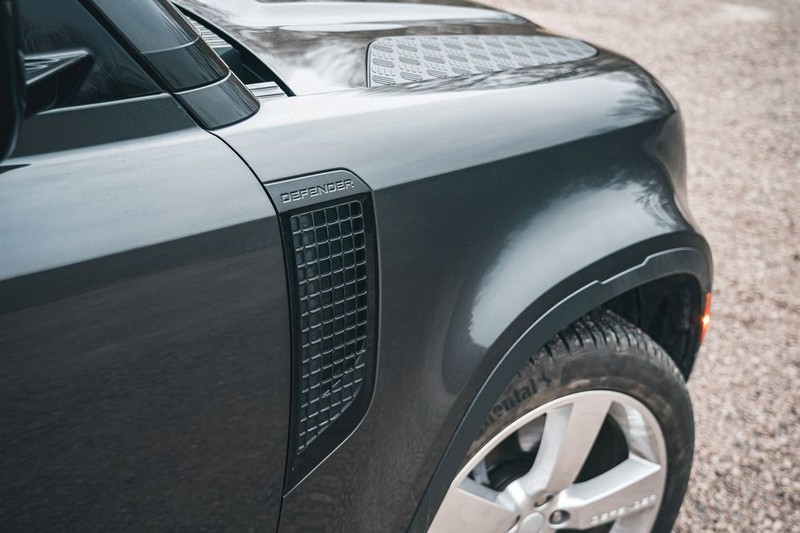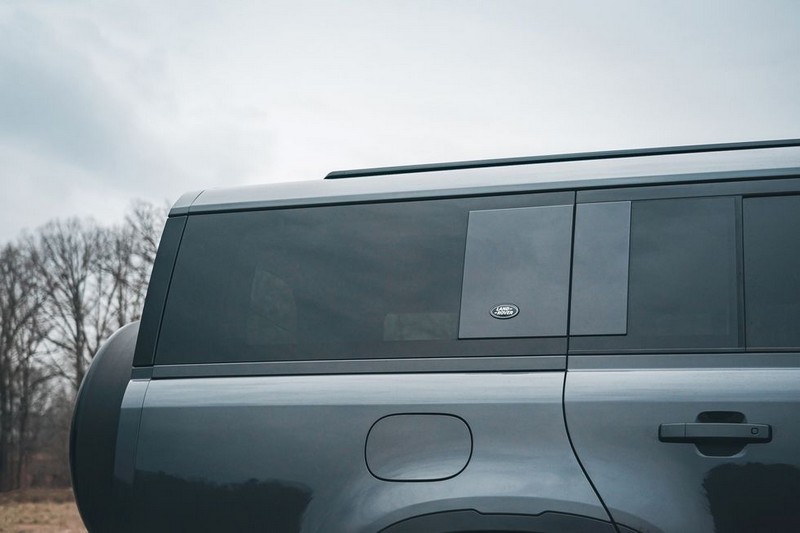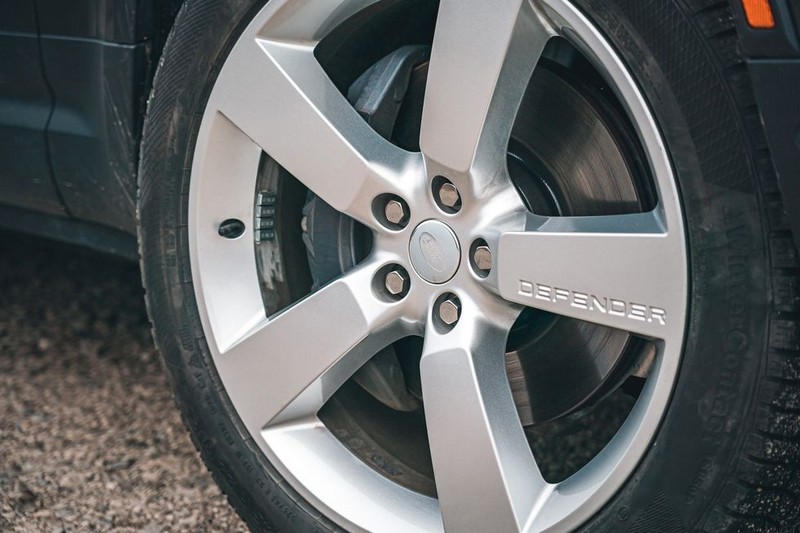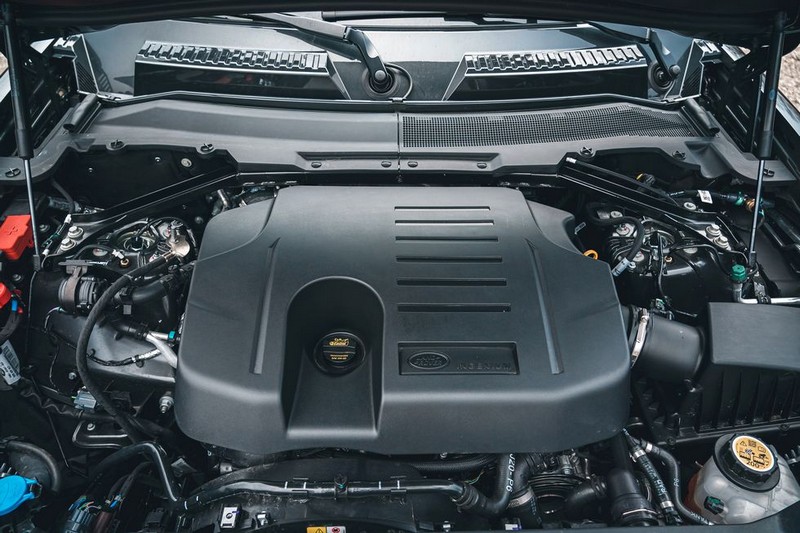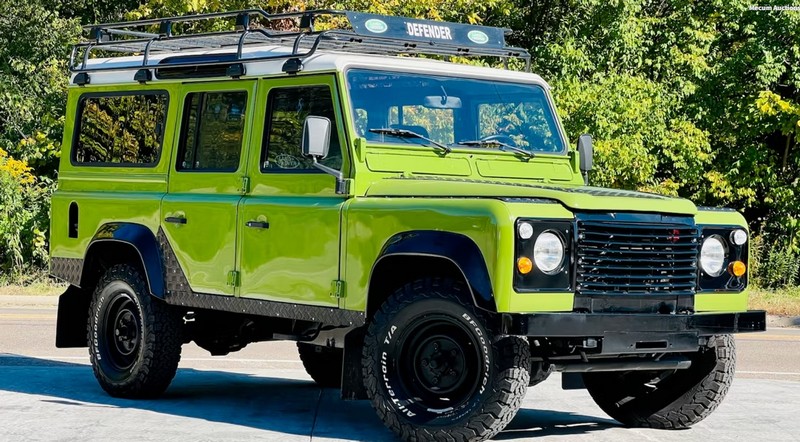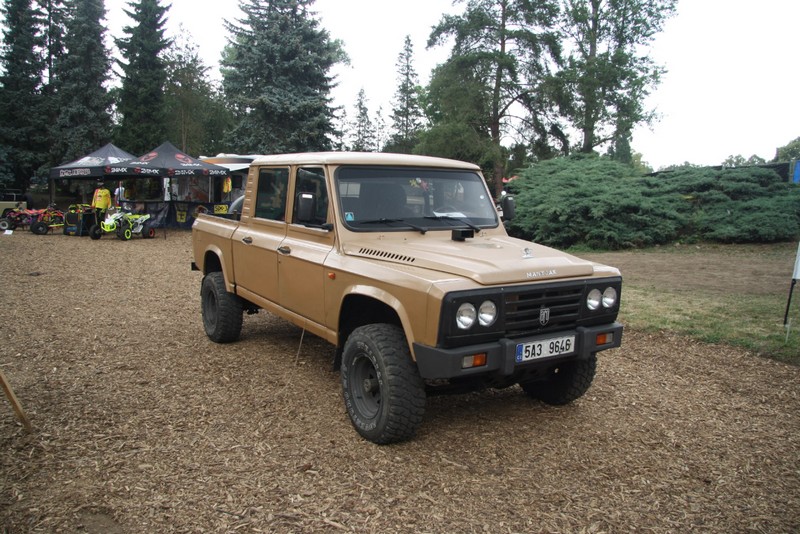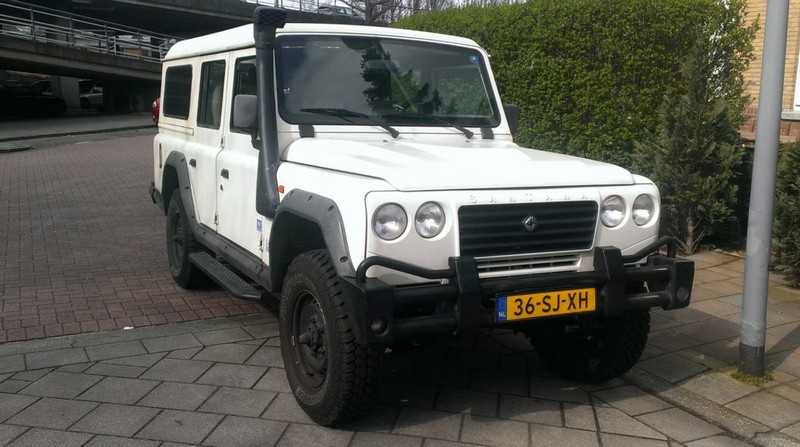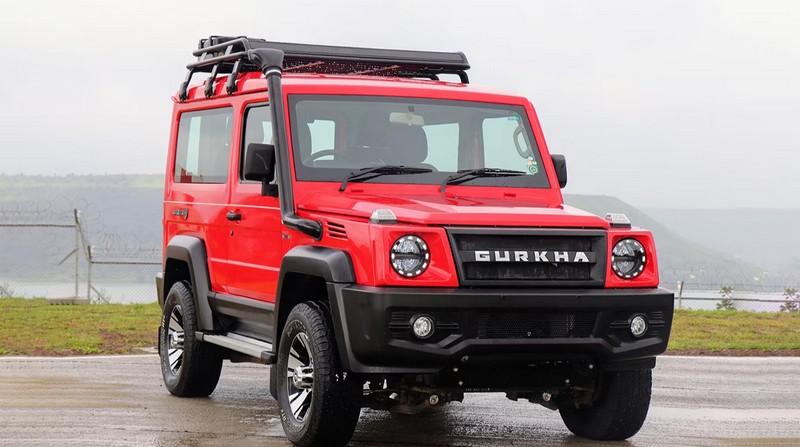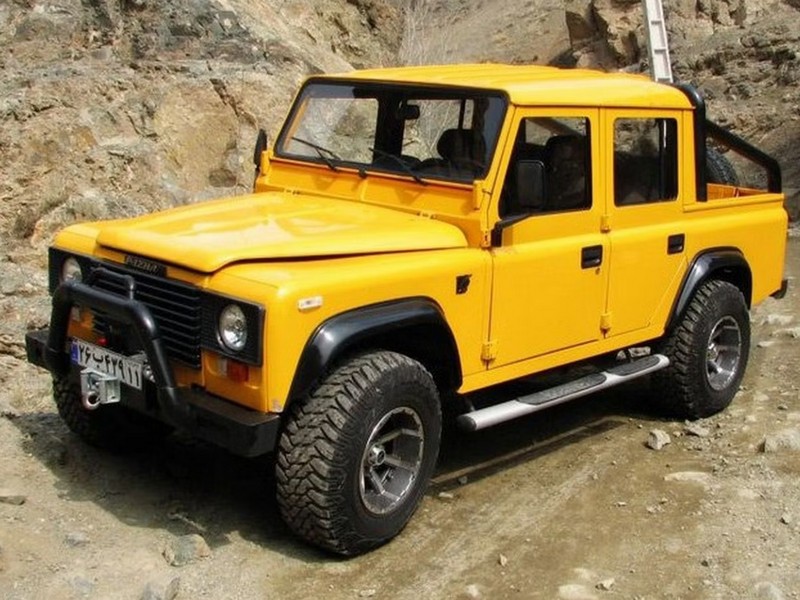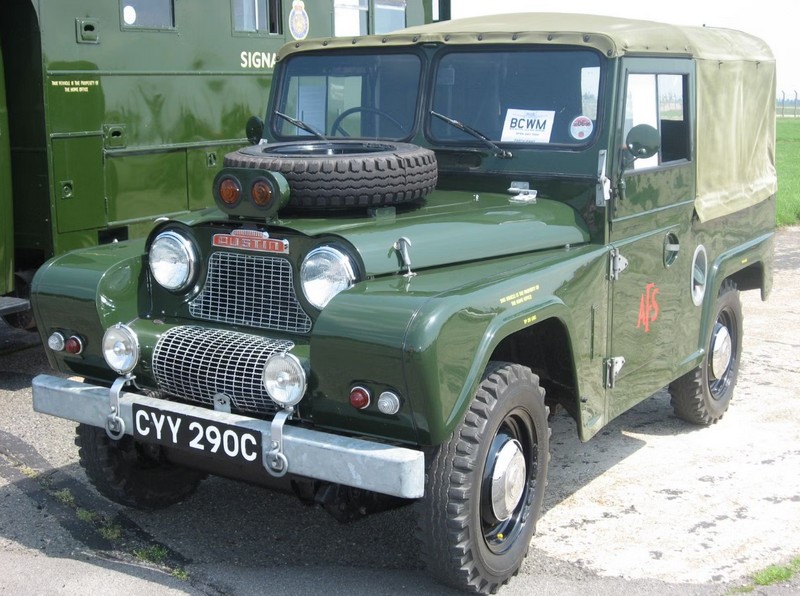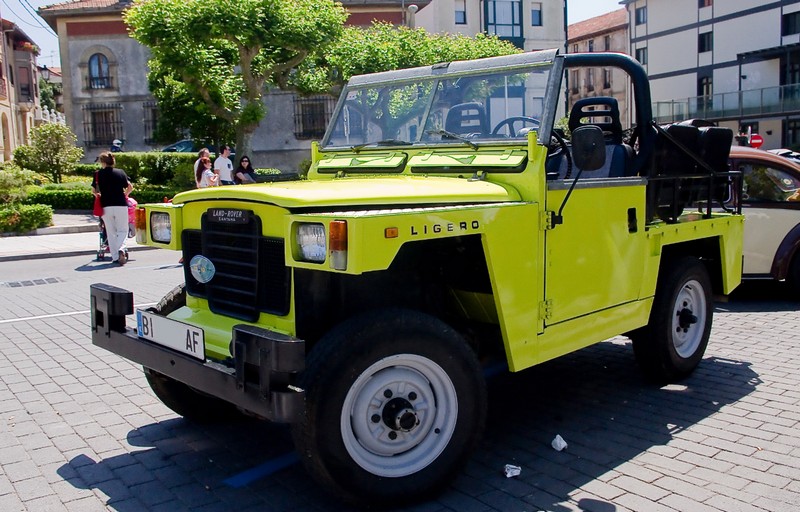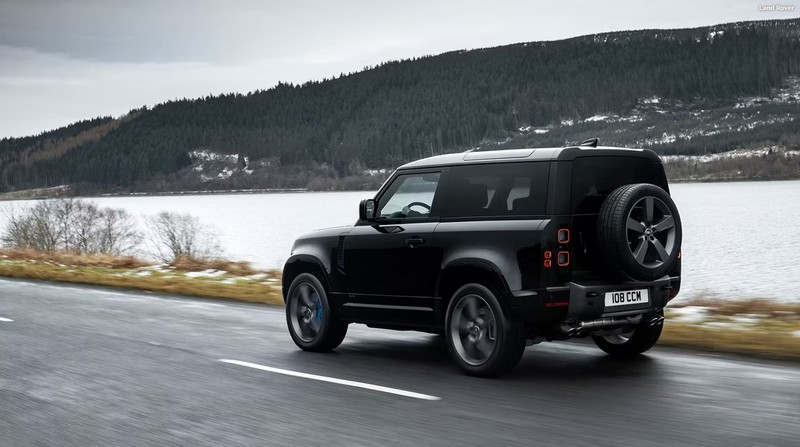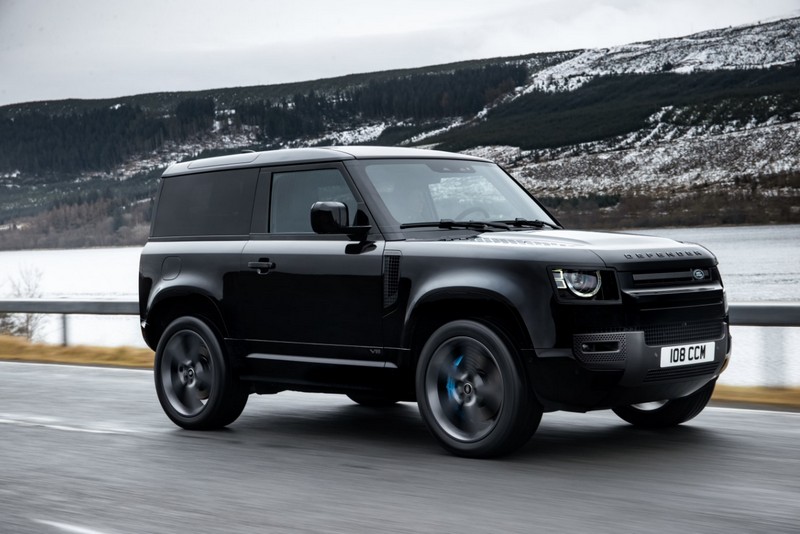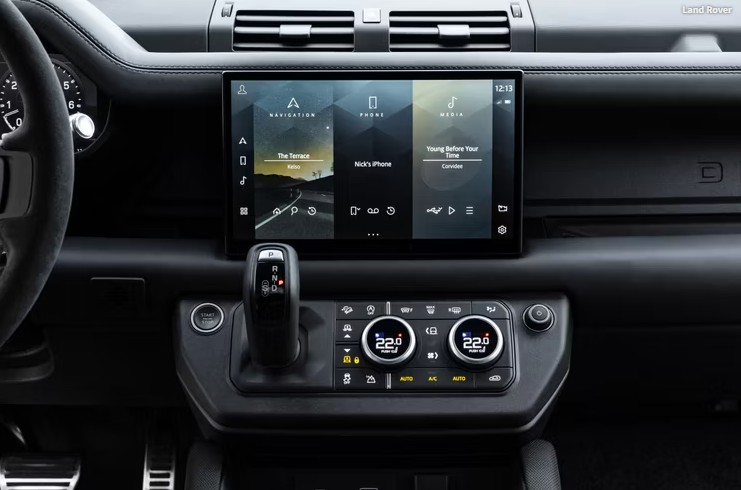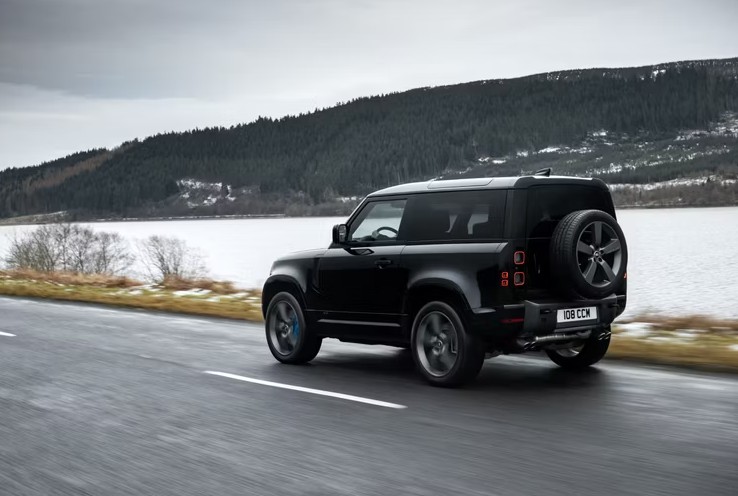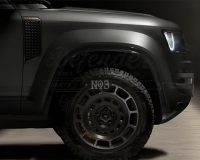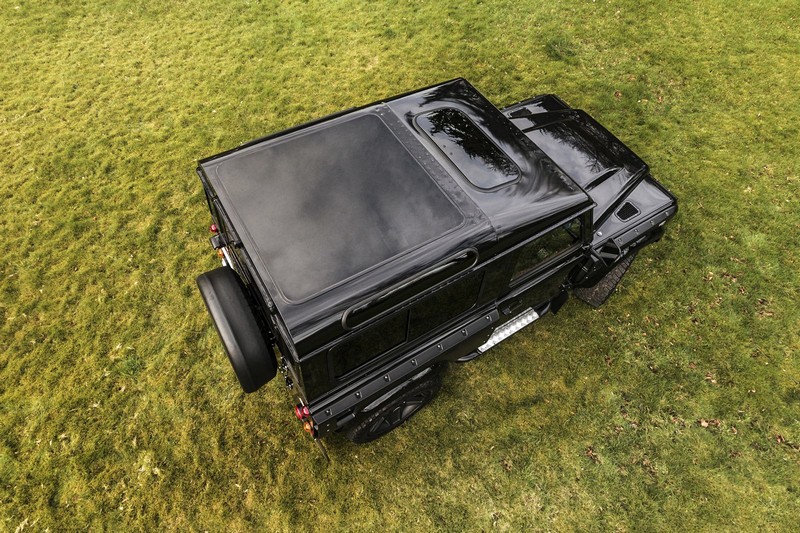The 2023 Land Rover Defender 90 is a powerful, reliable off-road vehicle perfect for any terrain. It is designed to offer unparalleled performance and comfort on any terrain. It has a unique design, a powerful engine, and superior technology, making it one of the most desirable cars on the market. With its unbeatable performance and style, it’s no wonder why so many people are in love with the 2023 Land Rover Defender 90! This article will walk you through the 2023 Land Rover Defender 90, including its features, design, and safety features.
Exterior Design
The 2023 Land Rover Defender 90’s unique design distinguishes it from other vehicles. The car’s exterior features a boxy shape with a flat roof, giving it a rugged and practical look. The Defender 90 also has a short wheelbase and wide stance, which give it an aggressive stance that is perfect for off-roading. The vehicle’s exterior also has a raised hood, rugged bumpers, and an integrated skid plate. These features provide the driver with maximum protection and off-road performance.
The 2023 Defender 90 also features a unique color scheme, including a metallic black exterior complemented by a bright orange and white interior. This unique color scheme gives the vehicle an exceptional appearance. The vehicle’s exterior also features a range of accessories, such as roof racks, side steps, and mud flaps. They are designed to increase the vehicle’s off-road capabilities.
Interior Design
The 2023 Land Rover Defender 90 is designed for comfort and convenience. The vehicle’s interior is designed with a spacious cabin, which provides ample space for up to five passengers. The vehicle’s interior also has advanced features, such as a digital infotainment system and various storage compartments. The car has a 10-inch touchscreen infotainment system that provides access to navigation, music streaming, and other features. This makes it easy to stay connected and organized while on the go.
Safety Features
The 2023 Land Rover Defender 90 features advanced safety features designed to keep you safe on the road. The vehicle has various advanced driver assistance systems, including lane-keep assist, adaptive cruise control, and blind spot monitoring. The 2023 Defender 90 also has a range of airbags designed to keep you safe in an accident.
There are also advanced safety features, such as a rear view camera and parking sensors. These features make it easy to park in tight spaces and help you avoid accidents.
Engine & Performance
The 2023 Land Rover Defender 90 is an off-road vehicle with a robust engine and a unique suspension system. It is powered by a 3.0-liter turbocharged V6 engine that produces up to 395 horsepower and 406 lb-ft of torque. This engine is paired with an 8-speed automatic transmission that provides smooth and responsive shifting. The engine is also equipped with a start-stop system that helps improve fuel economy. Additionally, the Defender 90 has a maximum towing capacity of 7,700 pounds, making it an ideal choice for those needing heavy loads.
The suspension system of the 2023 Land Rover Defender 90 is designed for maximum off-road performance. It features a double-wishbone front suspension and an integral link rear suspension. This provides excellent handling while providing superior ride comfort. The steering system is also designed to provide precise control with minimal effort. It, therefore, makes it easy to maneuver even in tight spaces.
Braking System and Tires
The 2023 Land Rover Defender 90 has a powerful braking system for maximum stopping power. The vehicle also has advanced tires that offer superior traction and handling on any terrain. The tires have a special rubber compound designed to resist punctures and wear. This makes them perfect for off-roading. The tires also have a tread pattern that provides maximum grip and stability on any terrain.
Pros and Cons
The 2023 Land Rover Defender 90 has pros and cons that we need to consider.
Pros:
- Reliable: It is a reliable vehicle, perfect for every road venture
- Powerful: It is equipped with a powerful and robust engine and transmission.
- Advanced safety features: It has great features to keep the driver safe.
- High-quality build: It is built especially for comfort and performance.
Cons:
- Expensive: It will not be easy for an average individual to purchase this vehicle.
- Poor fuel efficiency: It is not as fuel efficient as other vehicles.
- Lacks luxurious amenities: The vehicle is not as luxurious as other vehicles in its class.
2023 Land Rover Defender 90 Body Kit
The 2023 Land Rover Defender 90 is an off-roader built for adventure and excitement. And now, you can enhance its capabilities even further with the 2023 Land Rover Defender 90 Body Kit. This body kit is designed to provide a more aggressive and rugged look to the already impressive Defender 90. The 2023 Land Rover Defender 90 Body Kit features a new front bumper with integrated LED lighting, side steps with integrated LED illumination, and a rear bumper. This body kit is also equipped with an integrated roof rack for added storage capacity and a winch for off-roading. These components are constructed from durable steel and feature a textured matte black finish for superior corrosion resistance and durability.
The 2023 Land Rover Defender 90 Body Kit is designed to provide enhanced protection and improved performance. With this kit, your Defender 90 will be ready for anything, whether a rugged off-road trail or a night out on the town.
2023 Land Rover Defender 90 pricing
The price of the 2023 Land Rover Defender 90 varies depending on the specific model and options you choose. But you can expect to pay around $90,000 for the base model. This price includes a powerful turbocharged engine, all-terrain tires, and a sleek exterior.
If you want to upgrade to the higher-end models, you can expect to pay anywhere from $100,000 to $120,000. These models come with added features like upgraded suspension and improved off-road capabilities. They also have various luxury features, like heated and ventilated seats, a heated steering wheel, and a premium sound system. The 2023 Land Rover Defender 90 is also available in a range of special editions, which can add an extra cost to the overall price.
Conclusion:
The 2023 Land Rover Defender 90 has proven to be one of the best among others. This should be your perfect choice if you are looking for a worthy SUV to handle off-road ventures. The 2023 Land Rover will give you a wonderful experience with its great features.

